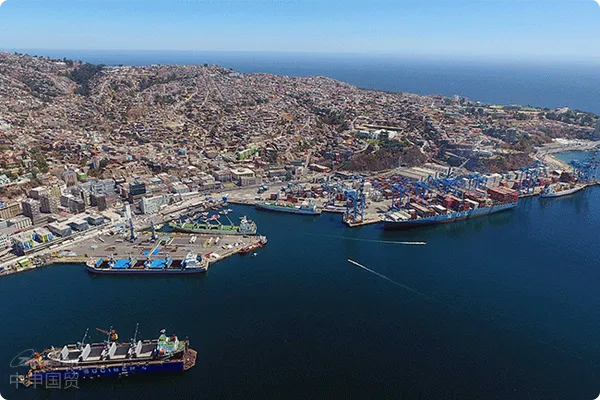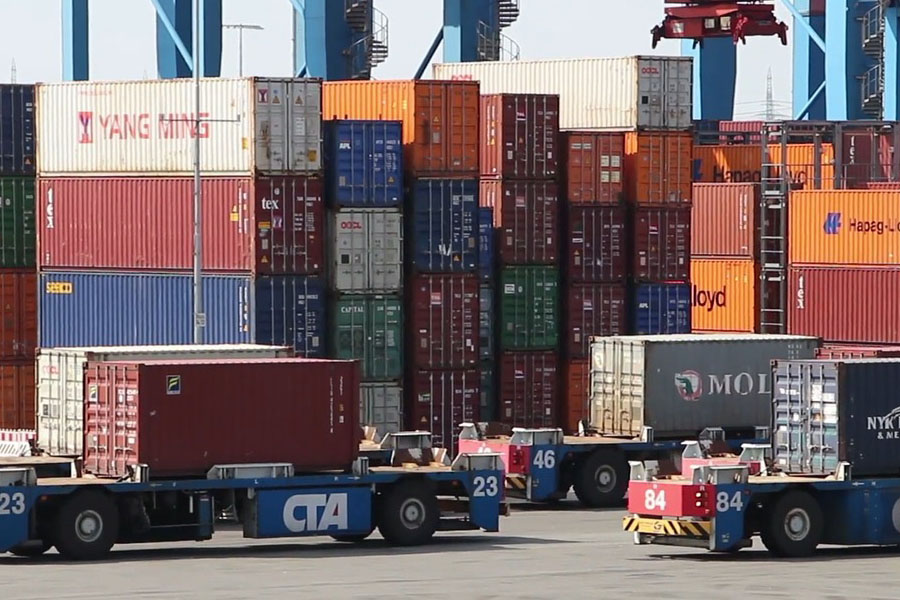- Shanghai Zhongshen International Trade Co., Ltd. - Two decades of trade agency expertise.
- Service Hotline: 139 1787 2118

Introduction
In today's globalized business environment, importing advanced 3D printing equipment can bring new development opportunities to enterprises. Importing 3D printers from Japan involves numerous complexforeign tradeStep.ZhongShen International TradePlease translate the following Chinese into English: Focus on progressExport RepresentationOur services, particularly in document processing and logistics, demonstrate professional competence. Below is a comprehensive breakdown of the relevant procedures.
Challenges and opportunities in the international trade situation
The current international trade landscape is complex and ever-changing. The rise of trade protectionism and frequent tariff adjustments have brought challenges of increased tariff costs for importing 3D printers from Japan. For instance, certain countries may impose additional tariffs on specific electromechanical products to protect their domestic industries. However, opportunities also exist. The acceleration of global digital transformation has driven growing demand for 3D printing technology, and Japan, as a technologically advanced country in 3D printers, boasts highly competitive products in the global market. Moreover, the implementation of regional trade agreements such as RCEP provides more favorable tariff reduction conditions for imports from Japan, thereby lowering import costs.
Professional Documentation Handling Capabilities
Importing 3D printers from Japan requires meticulous documentation handling. First is the Commercial Invoice, which details the description, quantity, and value of the goods, serving as a crucial basis for customs valuation and taxation. The invoice must be accurate, including specifics such as product models and technical parameters. Next is the Bill of Lading (B/L), which serves as proof of shipment and symbolizes ownership of the goods. When processing the B/L, ensure the accuracy of the shipper and consignee information, and pay attention to the type of B/L—for instance, a Clean B/L guarantees the goods are transported in good condition. Additionally, the Packing List should thoroughly document the packaging details of the goods to facilitate customs inspection.
ZhongShen International Trade has extensive experience in document processing, enabling us to quickly and accurately review and prepare various types of documents, thereby avoiding delays and penalties caused by document errors. We maintain close communication with suppliers to ensure that the document information matches the actual condition of the goods. Additionally, we are well-versed in the specific document requirements of customs in different countries, such as the special requirements Japanese customs may have for electromechanical products.It is recommended to verify through the following methods:We can handle all specific formatting requirements with precision.
Professional Logistics Arrangement Capabilities
The logistics process is crucial for the timeliness and safety of importing 3D printers from Japan. If you choose...Maritime Transportation(Ocean Freight), it is necessary to select the appropriate container type based on the volume and weight of the goods, such as a 20-foot or 40-foot container. Considering that 3D printers may fall under the category of precision equipment, proper reinforcement and anti-vibration measures for the goods must be implemented to prevent damage during transportation. The selection of the shipping route is also crucial; it should be based on the vessel schedule and the conditions of the destination port to choose the fastest and most economical route.
If selectedAir Transportation(Air Freight), although more costly, is fast and suitable for urgent 3D printer imports. When shipping by air, attention must be paid to the packaging dimensions and weight limits of the goods, as well as the special regulations of airlines regarding the transportation of electromechanical products. ZhongShen International Trade maintains long-term cooperative relationships with multiple internationally renowned shipping companies and airlines, enabling us to secure preferential freight rates and priority cabin arrangements. Additionally, we offer door-to-door logistics services, picking up goods from Japanese suppliers' warehouses and delivering them directly to the designated locations of domestic customers, with full tracking of the shipment status to ensure safe and timely delivery.
Southeast Asian Marketimport and exportProcesses and Solutions
For the Southeast Asian market, importing 3D printers follows a specific process. Taking Indonesia as an example, the first step is to apply for an Import License Application. Companies need to submit the application to the relevant Indonesian authorities, including documents such as the business license and a list of imported goods. Only after the application is approved can subsequent procedures proceed. Once the goods arrive at an Indonesian port, Customs Declaration is required. During customs clearance, documents such as the commercial invoice, bill of lading, and packing list must be submitted, and the customs authorities will inspect and assess the goods.
When importing 3D printers, you may encounter some issues. For example, Indonesian customs has strict safety and quality standards for electronic products, which may require the submission of relevant certification documents. ZhongShen International Trade's solution is to communicate with clients in advance, informing them of the necessary certifications. Although we do not directly handle certification services, we will assist clients in preparing the required materials and liaising with certification agencies to ensure the smooth approval of certifications. Additionally, during the customs declaration process, we leverage our extensive experience and professional expertise to reasonably declare the value of goods, avoiding high tariffs or fines due to inaccurate declarations.
For the Malaysian market, it is important to pay attention to local product standards and labeling requirements when importing 3D printers. Upon arrival at Malaysian ports, customs will inspect the goods to ensure compliance with local regulations. ZhongShen International Trade will proactively understand these requirements and assist clients in preparing the goods accordingly to ensure smooth customs clearance.
VTB in the Russian MarketFX Settlement AgencyAdvantages
When it comes to importing 3D printers from Japan, if the final market is Russia, ZhongShen International Trade has unique advantages in VTB exchange settlement. Exchange Settlement refers to the process where the owner of foreign exchange income sells it to a designated foreign exchange bank, which then pays an equivalent amount in local currency at a certain exchange rate.
In trade with Russia, settling foreign exchange through VTB Bank is relatively straightforward. First, after signing a trade contract with a Russian client, the client will make payment to us via VTB Bank. ZhongShen International Trade has established a strong cooperative relationship with VTB Bank, enabling quick confirmation of payment receipts. Subsequently, in accordance with relevant regulations, we prepare the necessary documents for foreign exchange settlement, such as commercial invoices and copies of bills of lading, and submit the settlement application to the bank. VTB Bank will conduct the foreign exchange settlement based on the day's exchange rate, converting the foreign currency into RMB or other specified currencies and depositing it into the company's account. Compared to other banks, VTB Bank offers faster processing speeds and relatively lower fees in foreign exchange settlements for Russia-related trade, helping companies save costs and improve capital turnover efficiency.
Product certification services
Importing 3D printers from Japan requires different product certifications depending on the target market. For the domestic market in China, 3D printers may need to obtain CCC certification (China Compulsory Certification) to ensure compliance with Chinese safety, electromagnetic compatibility, and other standards. In the European market, CE certification (Conformité Européene) may be required to demonstrate that the product meets relevant EU directives and harmonized standards.
Although ZhongShen International Trade does not directly handle certification services, we provide comprehensive certification consulting for our clients. We inform them about the types of certifications required for different markets, the certification processes, and the approximate cost ranges. We assist clients in organizing the necessary technical documents, product test reports, and other materials for certification, communicate and coordinate with certification bodies, and help them successfully complete the certification application process. This ensures that the imported 3D printers can be legally sold in the target markets.
Conclusion
Importing 3D printers from Japan requires navigating complex international trade dynamics, handling cumbersome documentation and logistics processes, while also meeting certification requirements for different markets. With its professional expertise in documentation processing and logistics arrangements, as well as its VTB settlement advantage for the Russian market, ZhongShen International Trade provides clients with comprehensive and professional import-export agency services. This ensures smooth completion of import operations and helps clients seize market opportunities.
Related Recommendations
? 2025. All Rights Reserved. Shanghai ICP No. 2023007705-2  PSB Record: Shanghai No.31011502009912
PSB Record: Shanghai No.31011502009912










